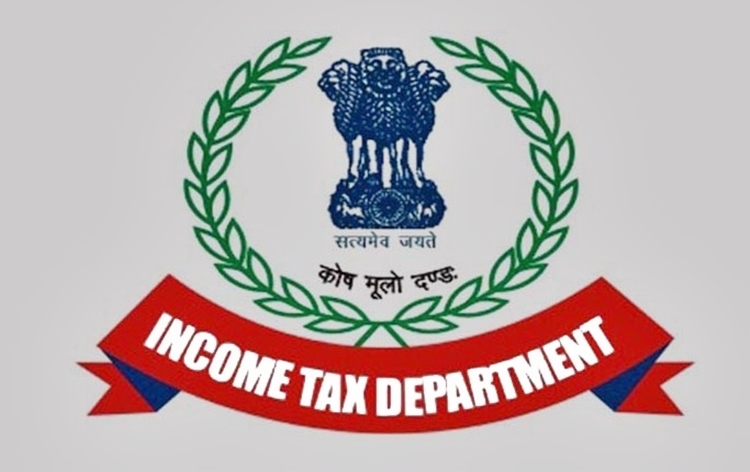A day after the Cabinet Committee on Economic Affairs approved PAN 2.0, the Income Tax Department on Tuesday issued a detailed clarification on the project, comprising 11 frequently asked questions (FAQs) to offer taxpayers detailed insights into the new system.
1. What is PAN 2.0?
PAN 2.0 is an e-Governance initiative by the Income Tax Department aimed at re-engineering business processes for taxpayer registration services. The objective is to enhance the quality of PAN services by adopting the latest technology. The project consolidates all processes related to PAN allotment, updates, corrections, and merges TAN-related services. Additionally, online PAN authentication/validation services will be available for user agencies, including financial institutions, banks, and central and state government bodies.
2. How will PAN 2.0 differ from the existing setup?
i. Integration of Platforms: Currently, PAN-related services are hosted across three portals (e-Filing Portal, UTIITSL Portal, and Protean e-Gov Portal). PAN 2.0 will unify all PAN/TAN-related services under a single portal, providing end-to-end services like allotment, corrections, Aadhaar-PAN linking, online PAN validation (OPV), and e-PAN requests.
ii. Adoption of Paperless Processes: PAN 2.0 will enable fully online, paperless processes, unlike the existing modes.
iii. Taxpayer Facilitation: PAN updates/corrections will be free, and e-PANs will be sent to registered email addresses. For physical PAN cards, applicants must pay Rs 50 for domestic delivery or Rs 15 plus postal charges for international delivery.
3. Do existing PAN cardholders need to apply for a new PAN under the upgraded system?
No, existing PAN cardholders are not required to apply for a new PAN under PAN 2.0.
4. Can corrections like name, spelling, or address changes be made to PAN?
Yes. Existing PAN holders can update details such as name, date of birth, email, mobile number, or address free of cost after PAN 2.0 is launched. Until then, PAN holders can update email, mobile, or address through Aadhaar-based facilities using these links:
– [NSDL Address Update](https://www.onlineservices.nsdl.com/paam/endUserAddressUpdate.html)
– [UTIITSL Address Update](https://www.pan.utiitsl.com/PAN_ONLINE/homeaddresschange)
For other updates/corrections, users can follow the existing process by visiting physical centers or applying online with applicable fees.
5. Do I need to replace my current PAN card under PAN 2.0?
No, your current PAN card remains valid unless you request updates or corrections.
6. What about those using outdated addresses? How will new PAN cards be delivered?
No new PAN cards will be delivered unless requested by the holder due to updates/corrections. Address changes can be made for free using the Aadhaar-based update facilities mentioned above.
7. If new PAN cards are QR code-enabled, will older ones still work? What is the purpose of the QR code?
i. QR codes have been a feature since 2017-18 and will continue under PAN 2.0 with enhancements like dynamic QR codes that display the latest data in the PAN database.
ii. PAN holders with older cards without QR codes can request a new card in both the current and PAN 2.0 systems.
iii. QR codes validate PAN details, and a specific QR reader app displays details such as photo, name, signature, and date of birth.
8. What is the “Common Business Identifier for all business-related activities”?
As announced in the Union Budget 2023, PAN will serve as a common identifier for business establishments required to use it across all specified government agency systems.
9. Will the Common Business Identifier replace the PAN?
No, PAN itself will function as the Common Business Identifier.
10. What does the “Unified Portal” mean?
Currently, PAN-related services are spread across three portals. Under PAN 2.0, all services related to PAN and TAN, including allotments, corrections, and validation, will be hosted on a single unified portal. This will streamline processes, reduce delays, and simplify grievance redressal.
11. How will the system address cases of duplicate PANs?
Under the Income Tax Act, 1961, individuals cannot hold more than one PAN. If anyone holds multiple PANs, they are required to notify their jurisdictional assessing officer for deactivation. PAN 2.0 will employ advanced system logic and centralized mechanisms to minimize instances of duplicate PANs.
(Inputs from IANS)














